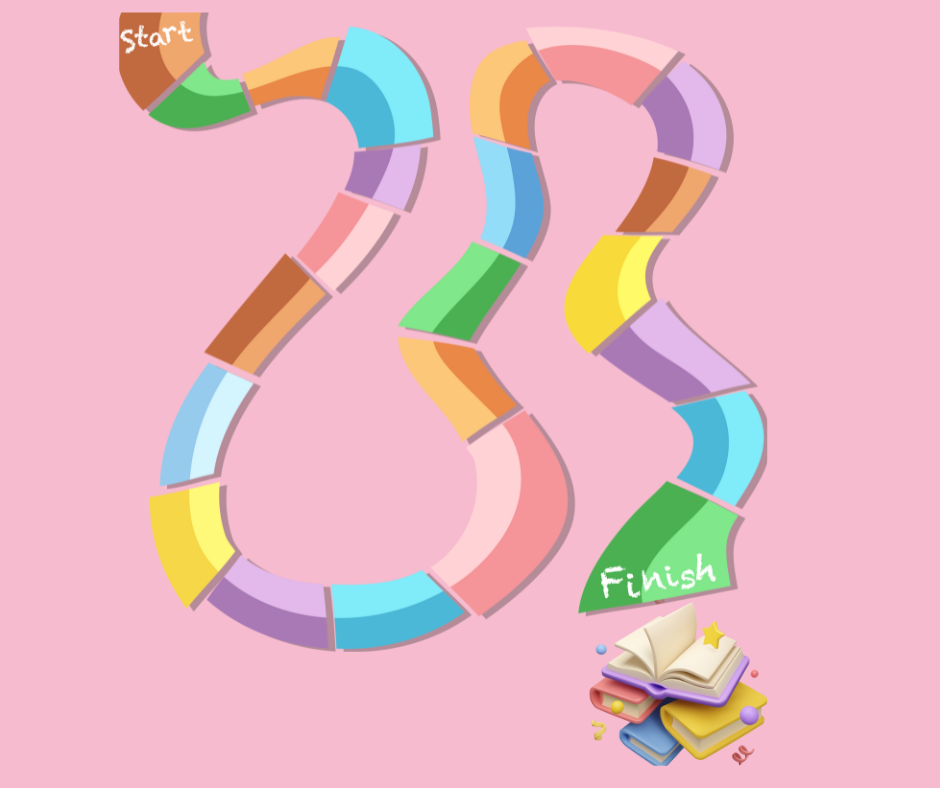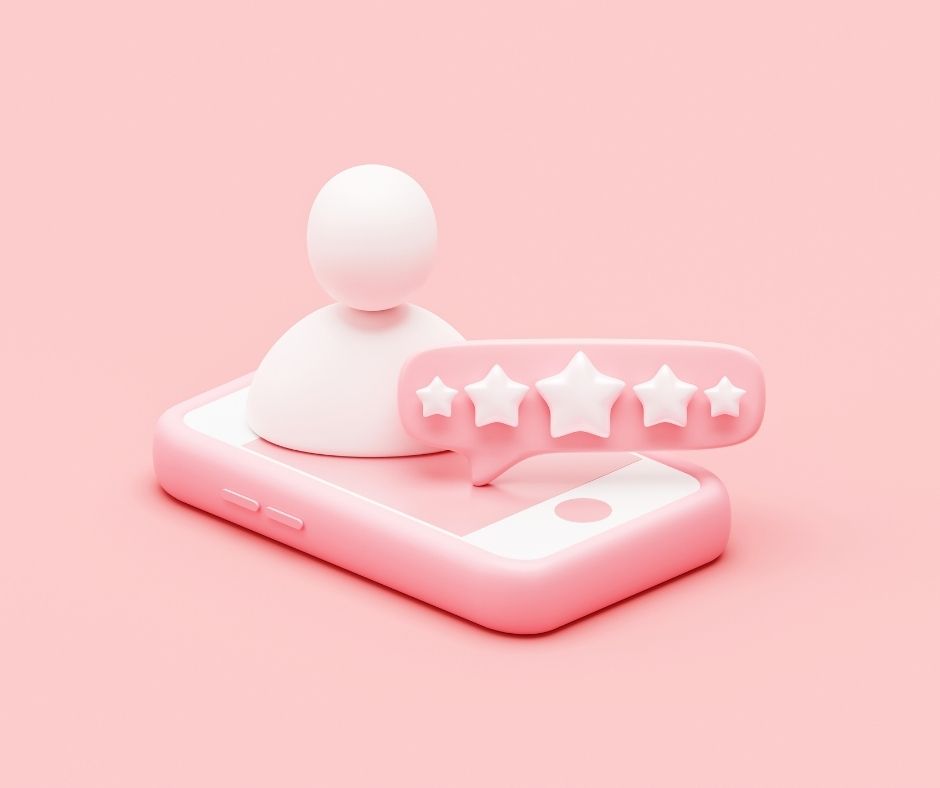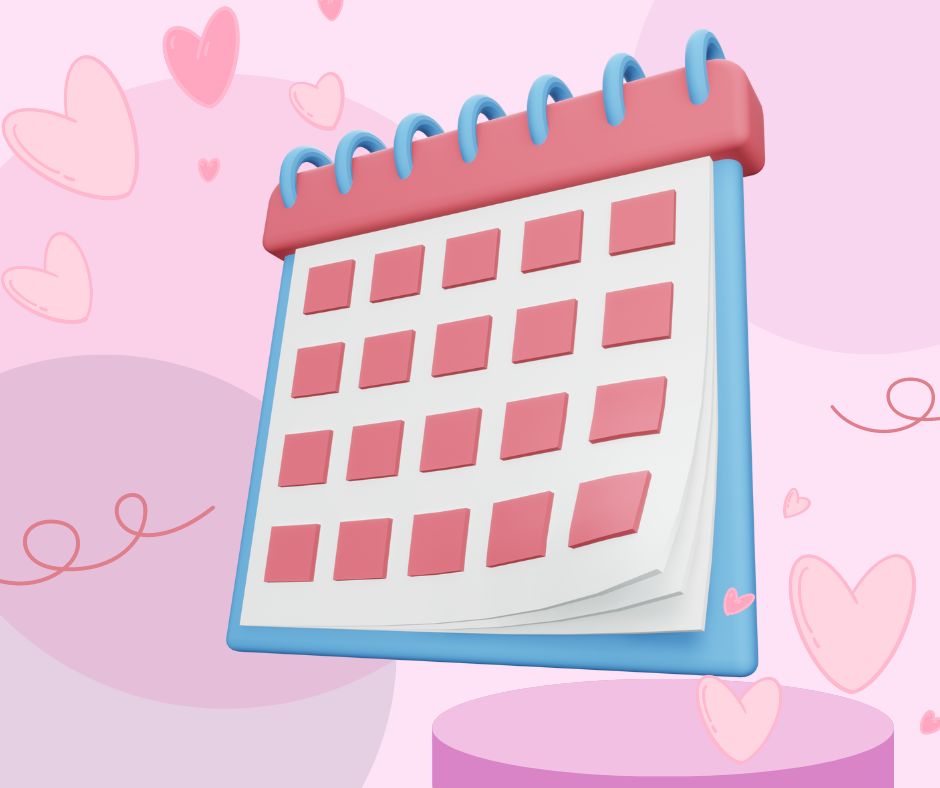The Indie Romance Writer’s Guide to Getting Your Book into Libraries

Most self-published authors focus on selling their books to readers, but this isn’t your only option for getting your stories into readers’ hands. One avenue that is often under-explored by independent authors is getting their book into libraries.
The librarian at my small county library orders books by Susan Stoker, Lani Vale, and other independent authors that feature ex-military or MC characters for a group of octogenarian woman. Lani Vale’s books alone take up three shelves!
Libraries not only spend a great deal of money on books, but they’re a way to get your book in front of readers who may later buy your books.
Find out how to prepare your book to meet library standards and how to reach libraries to ask them to carry your book,
The Library Market for Self-Published Books
As a self-published romance author, your pathway to libraries is different from that of traditionally published authors, but it’s doable.
At one time, libraries viewed self-published books with skepticism, but today, librarians increasingly recognize the value and diversity that self-published titles bring to their collections. In an article about library distribution, the Alliance of Independent Authors (ALLI) reported that 92 percent of librarians regularly purchase from self-published authors and small presses.
When selecting books to order, libraries consider factors like reader demand, reviews from trusted sources, the book’s relevance to their current collection, and its overall quality. Additionally, librarians will often consider books of local interest, and/or by local authors. But even if your book isn’t about area locations or you don’t live in the area, you can still ask them to carry your book.
Preparing Your Self-Published Book for Library Standards
Here are the key elements that will polish your romance novel for library distribution:
Professional Presentation: It’s true that books are judged by their covers. First impressions count, and for books, this begins with the cover. Invest in a professional cover design that captures the essence of your romance novel while maintaining a look that fits comfortably on library shelves.
ISBN & Barcode: Alongside an eye-catching cover, ensure your book has an ISBN and a barcode. These are necessary for cataloging and sales tracking. Depending on your printing source (e.g. Amazon or Ingram Spark), you can obtain an ISBN for your book through your printer. Or you can purchase from Bowker. One ISBN is $125, but you can buy 10 for $295, which is clearly a better deal. Remember, each version of your book (print, ebook, audio) has its own ISBN.
Quality Binding: Libraries love books that endure, and binding plays a big part in this. Remember, this isn’t one reader buying your book and reading once or twice. This will be a library book that has the potential to be read a hundred times or more. Opt for high-quality binding that can withstand frequent handling.
Editing and Formatting: You should have professional editing regardless of where you sell your book, but it’s especially so for libraries. Typos, grammatical errors, and formatting faux pas can be off-putting. Invest in professional editing services to ensure your book reads smoothly and maintains a high standard. Proper formatting, including a clean, readable font and well-structured layout, makes your book inviting and accessible.
Categorization and Clarity: Libraries are all about organization. Help librarians place your book in the right spot by clearly categorizing your romance novel. Is it historical romance, contemporary, paranormal? Clear labeling helps librarians and readers alike find your book where they expect it to be. If possible, include the subcategories that help librarians find books their readers want, such as the categories of the ladies in my area who like ex-military heroes and MC romances.
eBook Standards: Don’t forget that libraries lend ebooks (and audio books) as well. If offering a digital version, ensure it’s compatible with common library eBook platforms like OverDrive (Libby) or Hoopla. Formatting for eBooks requires a different approach, focusing on readability across various devices.
Metadata: Ensure your title, author name, ISBN, and descriptions are consistently and accurately represented across all platforms. This makes it easier for libraries (and readers) to find your book.
Distributors and Aggregators for Self-Published Authors
You can walk into your local library and ask them to buy your book or donate it, but to get your book in libraries across the country, you’ll need to work with a distributor.
Think of distributors as the middlemen who handle everything from storage and shipping to managing relationships with libraries. But here’s the catch: not all distributors are keen on self-published books. This is where doing your homework pays off. Look for distributors like IngramSpark or Baker & Taylor, which are more receptive to self-published titles, especially ones that have a professional touch and a unique appeal. Amazon offers expanded distribution into libraries as well.
Ebooks are distributed to Overdrive (read through Libby app) or Hoopla. Distributers that can do this for you include Draft2Digital (D2D), StreetLib, and PublishDrive. These resources should also be able to make your books available through Bibliotheca and Baker and Taylor’s Axis 360.
For audio books, you can apply direct to Overdrive, but a better option is likely to use Findaway Voices (which also distributes to Spotify).
Pricing Your Book
Pricing your book right is crucial. Libraries have budgets, and your book needs to fit within their financial constraints. Research the pricing of similar titles in your genre and find a sweet spot that makes your book an attractive purchase for libraries without undercutting your worth. It’s important to note that often the prices for libraries is higher than the retail price. Remember, you’re selling libraries a book that will be available to multiple readers and will be read multiple times, so it’s a little different than a single sale to a reader. Some distributors, such as Draft2Digital, will recommend a library price.
Contacting Libraries
Remember that first you need to have your book in a distribution channel that libraries order from (see above). At that point, your book is available for order. But instead of waiting and hoping they find your book, you can reach out to libraries to introduce them to your book. To do that, you need to prepare a query that tells libraries who you are, about your book (genre, blurb, etc), why their readers will love it, where they can get it, and any additional data you can provide that supports the book’s appeal.
Some tidbits to collect for your pitch include:
- Reviews and testimonials
- Social Media Buzz (especially social media that talks about your book, but also you can share your own social media)
- Awards
- Appearances
Your Marketing Pitch: Your marketing pitch needs to hook the librarian and persuade them to buy your book. Highlight what makes your romance novel unique, its appeal to their readers, and why it’s a must-have in their collection. Be sincere, be passionate, and most importantly, be clear about what sets your book apart.
You also might also want to consider offering a reading or doing a presentation as part of your pitch. With zoom, it’s easy for you to be available for library programming, book clubs, and more. If you tie your book into something you believe will appeal to the librarian, offering this extra bit of service can help. If the library is local or within driving distance, consider doing an in-person events. I have ALWAYS sold out when I’ve done in person events at libraries.
Professional Press Kit: A press kit is like your novel’s résumé. Include a captivating author bio, a synopsis that intrigues, high-quality images of the cover, and any reviews or endorsements you’ve garnered. Don’t forget to add your book’s ISBN, details about where the book is available, and your contact information. Write with Harte has a one-page media kit template you can use in Canva (it’s in the Freebies Resources). It’s free for WWH members. Not a member? Join for free!
Finding Libraries to Contact: Once you have your pitch letter and press kit, you need to contact libraries. To do that, you need to have library contact information. You can search Google for individual libraries, or you can buy lists but usually that is for snail mailing, and the listings may not be a fit for what you’re trying to do. Library Marketing Services has several lists provided in a spreadsheet with 3,000 to 6,000 libraries. Most of their list options are under $50.
Steps for Contacting Libraries
- Have your materials ready and know what your goal is. Do you want to introduce your book? Do you have a new release? Maybe you want to introduce your series.
- Select the libraries you plan to reach out. Do you want to focus on libraries in your area or in the area your book takes place?
- Decide how you’re going to email. Your emails should be addressed to the librarian by name. You can do that by emailing them one at a time from your author email account. To save time, you can bulk email, BUT you need to use an option with a mail merge to enter the name of the librarian so it doesn’t come off as spam bulk email. If you’re a Microsoft user, here is a tutorial on using Mail Merge to Send Bulk Email. Or you can use a bulk email service like ClickBack, which isn’t cheap, but it will clean and check the emails on your list, which can help protect your email reputation.
- When emailing, use your pitch created above. Open with a hook, something to catch the librarian’s attention. It could be a review or a tagline. Provide all the information the librarian needs (Title, ISBN, blurb, author, etc), but be succinct too. End your email by thanking them for their consideration of your book.
Librarian Pitch Letter Template
Hello [Name of Librarian],
[Hook: Review or tagline]
[Title] is a [genre-subgenre e.g. contemporary romance) with tropes of [list tropes]. The book is available through library distributors such as [list distributors]. The book is perfect for your readers who love [info about your book and perhaps heat level, e.g. southern romance novels with a little spice].
I am [Your name] and I [about you…why you wrote this book or your awards or anything else that would appeal to a librarian about you and your book ]. [name of libraries] have added [title] to their collections and I was hoping that [name of the library you’re pitching] would be interested in adding [title] to their collection as well.
I’d be happy to [event suggestion if offering to do an event].
Here is more information about [title]:
Paperback ISBN (note that a hardback will have its own ISBN as well):
eBook ISBN:
Audio ISBN:
Blurb:
Author Website:
Thank you for considering offering [title] to your readers.
Sincerely,
[your name]
Do you have questions or other ideas on how to get your books into libraries? Let me know in the comments below.






Responses